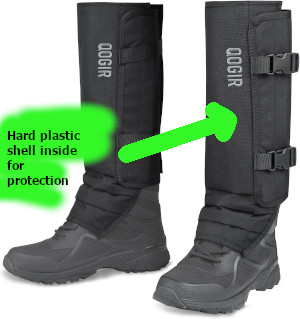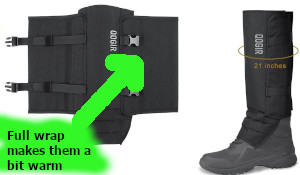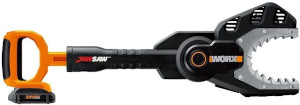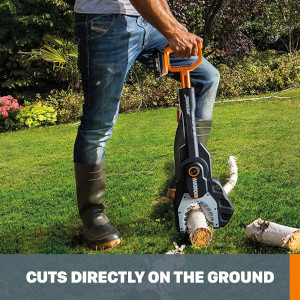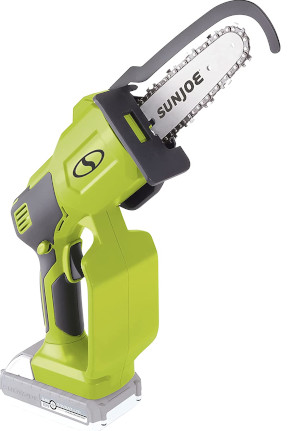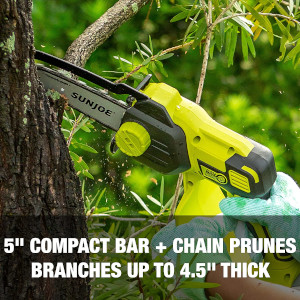Some of you guys have contacted me about my review of the Superhandy chipper saying I should check out their log splitter. So here we go!
Gas Powered vs Electric
 I have been watching with great interest as electric log splitters have gotten better and more available over the years. There are a lot of great things you get with electric, even though it has some drawbacks too.
I have been watching with great interest as electric log splitters have gotten better and more available over the years. There are a lot of great things you get with electric, even though it has some drawbacks too.
But at this point, the electric log splitters that are out there just aren’t powerful enough for what I need.
I may do a review sometime in the future of a smaller electric version, but based on the kind of work I do, and the size of the logs I generally have to split, I stuck with gas-powered.
If you have more of a light duty situation, and don’t need to split larger diameter stuff, then electric may be okay for you.
The Basics
There are a zillion different log splitters out there.
Some cost tens of thousands of dollars. I have seen log splitters so fancy they do everything but tie your shoes!
Hey, I’d be happy to have a log splitter that would auto load big heavy logs and save my back. Sure, I’d love to own one that was 100 ton and could split wood rounds six feet in diameter.
But I haven’t won the lottery yet, so I wanted to buy a splitter that was affordable but would get the job done.
You typically want to pay attention to the tonnage listed, which will be directly related to the size of the logs it will split.
The diameter and the length of the logs will make a difference. Bigger is typically better, but that capacity tends to cost more money, so it’s smart not to buy one bigger than you need.
Why I Chose the SuperHandy 25 Ton Splitter
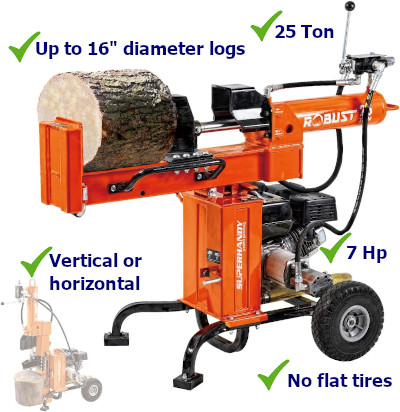
I landed on this SuperHandy 25 ton unit for several reasons.
I really liked their woodchipper – check out my review of that here, if you haven’t seen it already.
The capacity is decent – with the 7 hp engine and 25 ton hydraulics, they claimed it could split up to 20″ log lengths and up to 16″ log diameters.
There are a couple of “extra” features I liked. The flat free tires are a big deal. I couldn’t tell you how many times I’ve gone to do some work and been delayed due to a flat tire on a wheelbarrow. Flat free tires cost the manufacturer more, but it’s a great feature to have in my opinion.
I also liked that it can be converted to split either horizontally or vertically.
It has a 2-stage gear pump, so it’s pretty efficient and not a gas hog.
With a 12-second cycle time, they claim up to 600 logs split per hour. I’m not out there to win a race or anything, but I didn’t want something with a super-slow cycle time. I need to get some work done!
My Review
I might as well tell you, my biggest gripe about this thing is the assembly.
 I’m no dummy, I’m pretty handy and can put pretty much anything together. But when they say it may require two people to assemble… they ain’t lying.
I’m no dummy, I’m pretty handy and can put pretty much anything together. But when they say it may require two people to assemble… they ain’t lying.
I did get it put together by myself, but at various points I wished I was an octopus with eight arms. It’s not that it’s super complicated to assemble, but there are enough big/heavy parts to bolt together that you really need someone else to hold the parts while you get the bolts started.
This thing is quite beefy. So that’s good, in the sense that it will take a licking and keep on ticking. But don’t forget that means many of the components are commercial/industrial grade, so they are heavy.
The engine starts easily and has plenty of power. I really did split big, knotty chunks 16+ inches in diameter. I did on occasion jam the thing up, but I would either pull the hydraulic ram back and re-jigger the log and retry it again, or I would throw it off to the side to bust up with a maul later. That pretty much happens with any splitter, and I feel like this one does great considering its size/price.
The hydraulics work fine, and (so far) have no leaks.
I split several cords of wood over the course of two days, and ran many tanks of gas through this thing. It worked flawlessly!

The Verdict
I am happy with this purchase. Yes, there are much beefier or nicer splitters out there. But for the money, I think SuperHandy hit a sweetspot where the product is able to perform well and is durable.
I give it a thumbs up.
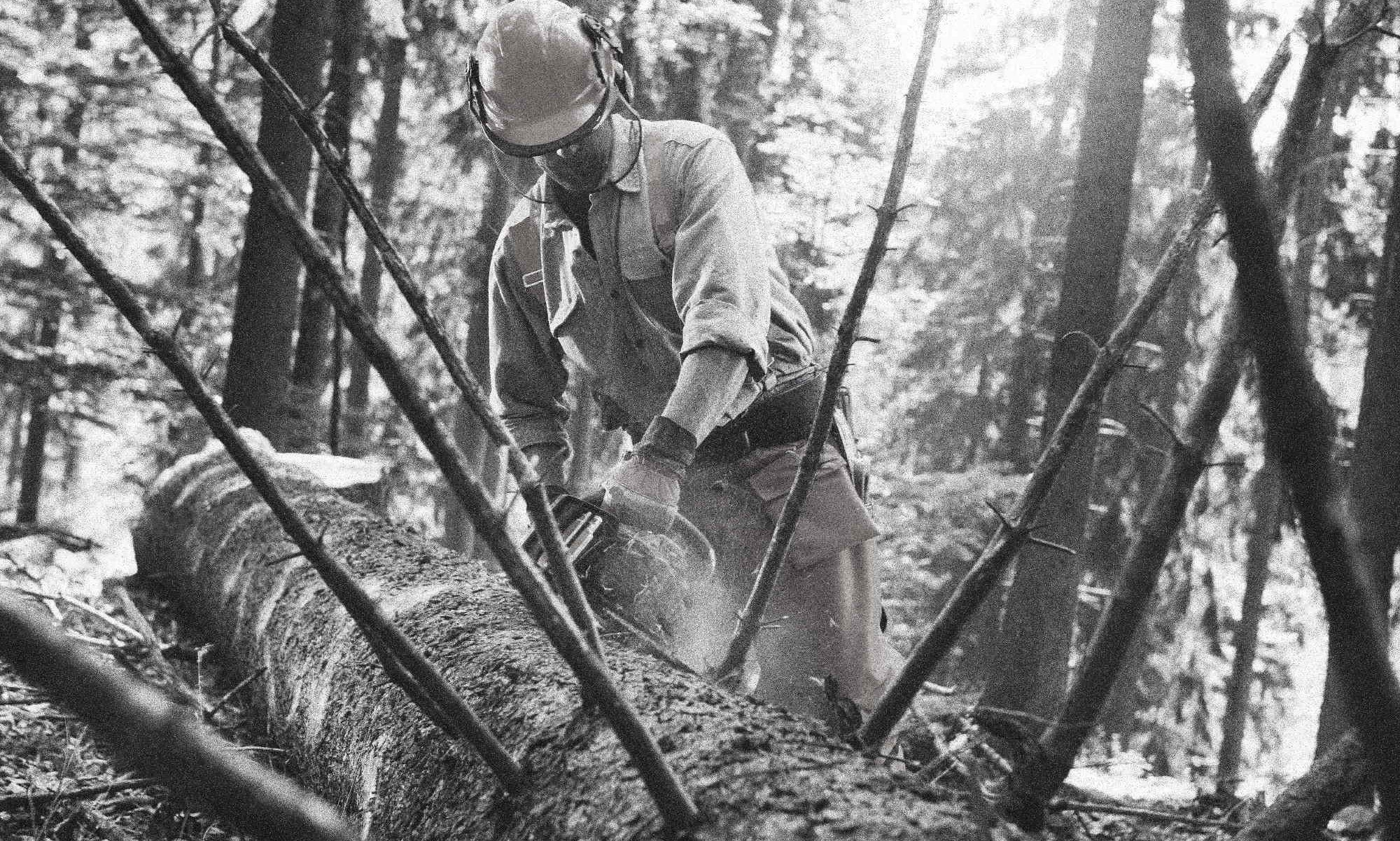
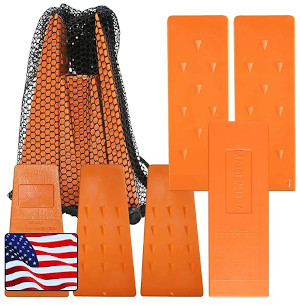

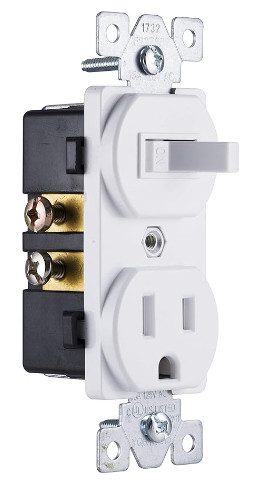
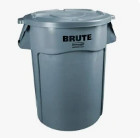 I am a little ashamed to admit this, but for a long time I would use a chain until it got too dull to cut, and I would throw it away.
I am a little ashamed to admit this, but for a long time I would use a chain until it got too dull to cut, and I would throw it away.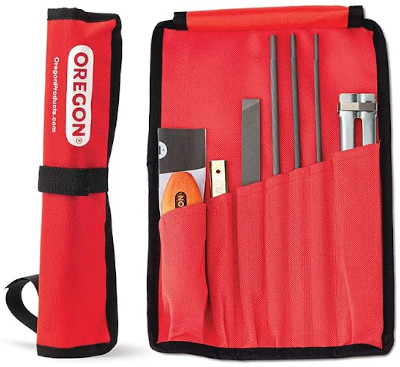
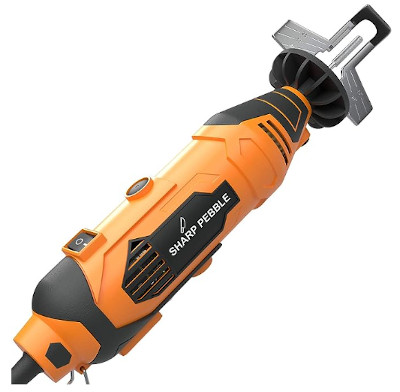
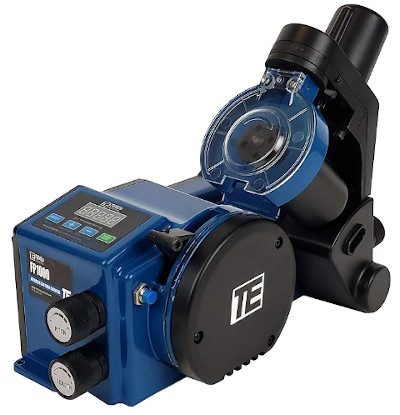
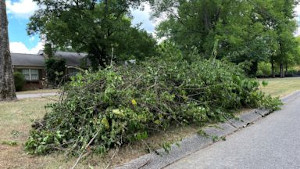
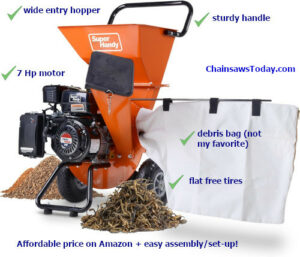
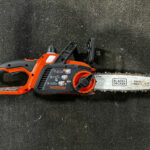
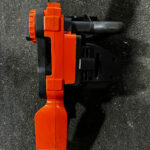
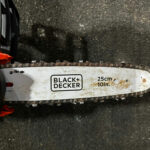
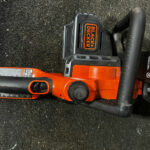
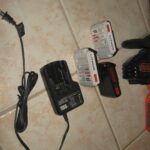
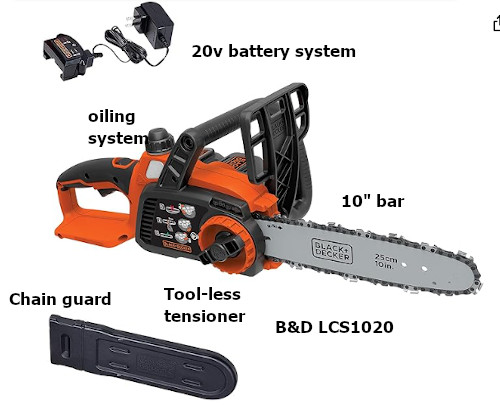
 If you’ve been hanging around ChainsawsToday for very long, you know I’m not prone to drama or histrionics. But I’m a firm believer that every home needs a backup heat source.
If you’ve been hanging around ChainsawsToday for very long, you know I’m not prone to drama or histrionics. But I’m a firm believer that every home needs a backup heat source.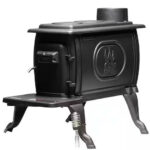 I am going to give you some tips about stacking and storage.
I am going to give you some tips about stacking and storage.

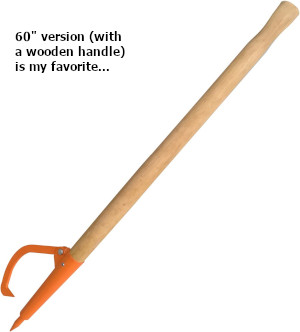
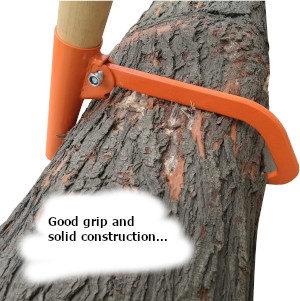
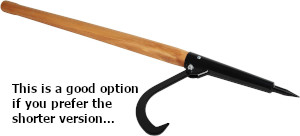
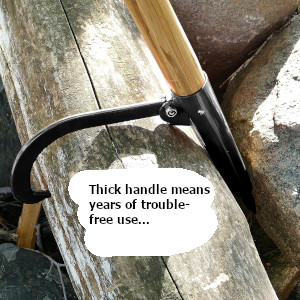
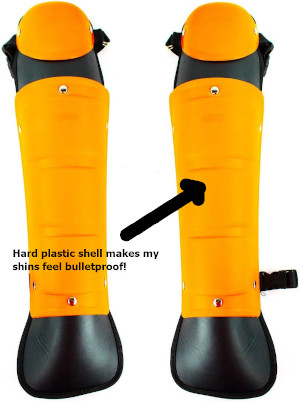
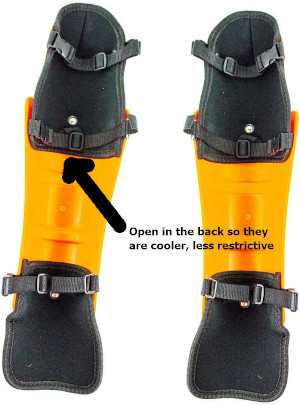 [click here for Everest pricing]
I have a love/hate relationship with these Everest guards.
[click here for Everest pricing]
I have a love/hate relationship with these Everest guards.